Lamiaceae family: Salvia officinalis
key characteristic: the key for me was the aromatic smells the plant produced. The aromatic smell is not found in all the species of the Lamiaceae family. Also it was a short herbaceous plant similar to the one discussed in class
Asteraceae family: Rudbeckia hirta
key characters: several key factors to put this plant in the Asteraceae family. The many flower parts as well as the modified bracts were the first noticeable features. The other main feature I saw was the large capitulum which contains the inflorescence.
Juglans nigra
key characters: walking back from class I first notice a walnut on the ground and looked up to see this black walnut between two houses. Then saw the pinnately compound leaves with the deep grooved bark and confirmed it was Juglans nigra.
Solidago canadensis
key characters: immediately recognized the bright yellow flowers in this field. Upon further investigation I saw the long alternate leaves connected to the tall stock.
Umbel: Gypsophila cerastiodes
An umbel is a cluster of flowers protruding from the same spot (usually the tip) with similar length stocks forming an umbrella shape formation.
Aggregate Fruit: Rubus occidentalis
Found this Rubus occidental near a wetland with fruits already missing which is common for this time of the year. But aggregate fruit is the fusion of many Carples to form as in this case berries

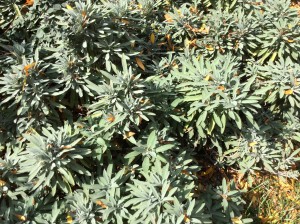
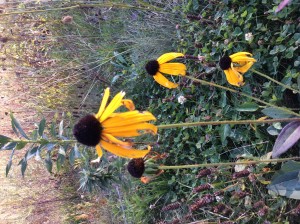
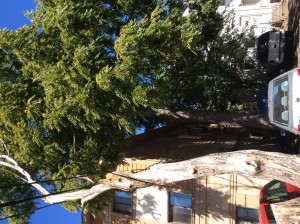

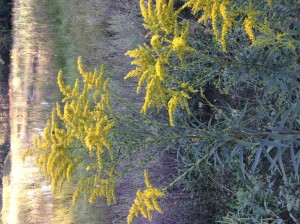

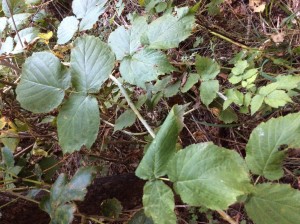

That one with the while flowers is in an umbel arrangement, however it is not baby’s breath (Gypsophila cerastiodes), it’s an onion. So unless you’ve met a baby with breath that smells like onions… I don’t know I feel like there should be a joke in there somewhere. The flower parts in multiples of 3 tell me it’s a monocot.
I often notice I’m walking under a black walnut when I see the fruit all over the ground (or when I smell that distinct black walnut smell), so I find it funny that that’s how you found this one too. Did you get a chance to look up close at the leaf scar to see that it was “monkey faced” like the ones we saw in class?
This is very funny that we can identify black walnut in a similar fashion. I did get to look at the leaf scare on a different plant but due to the size and it being on someone else’s property next to a random car I felt it best not to attempt looking at it any closer.